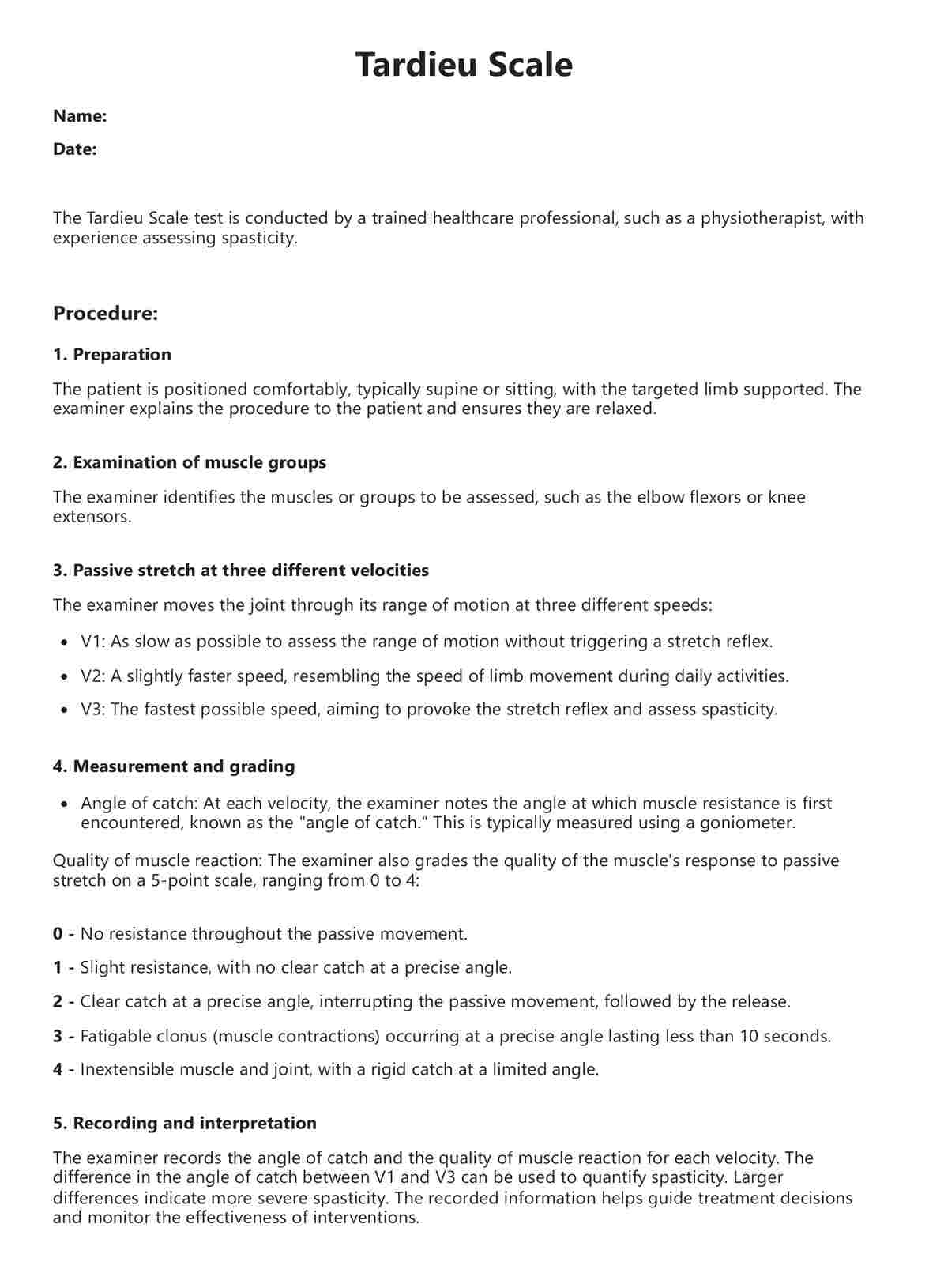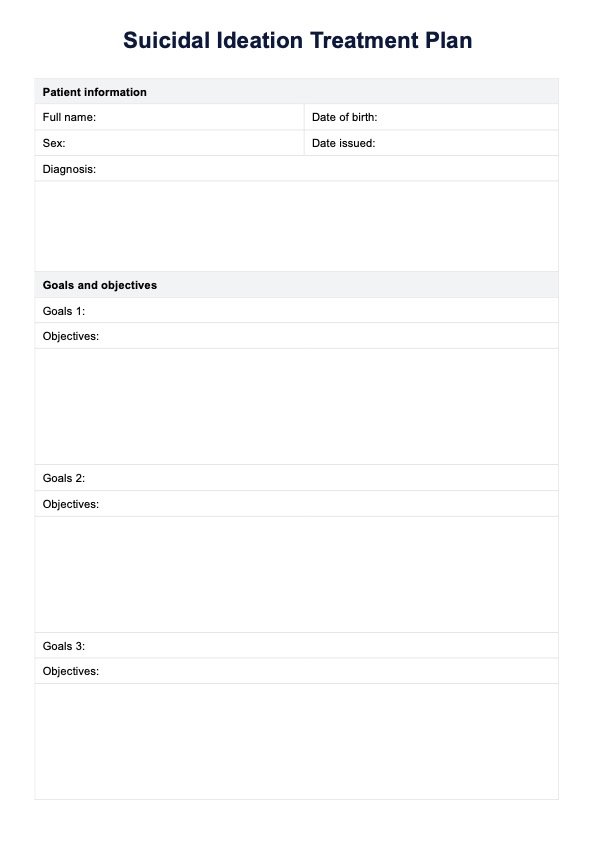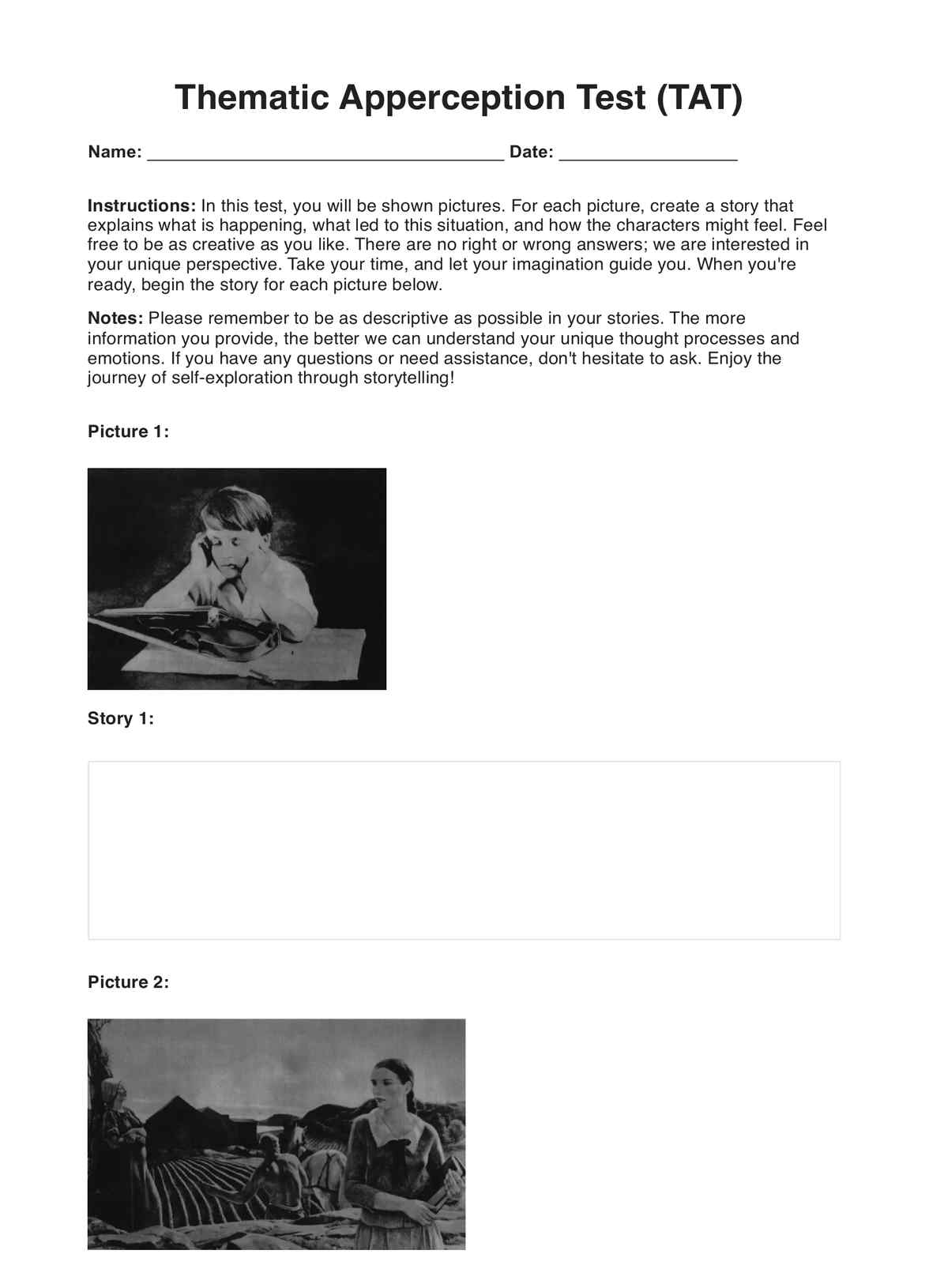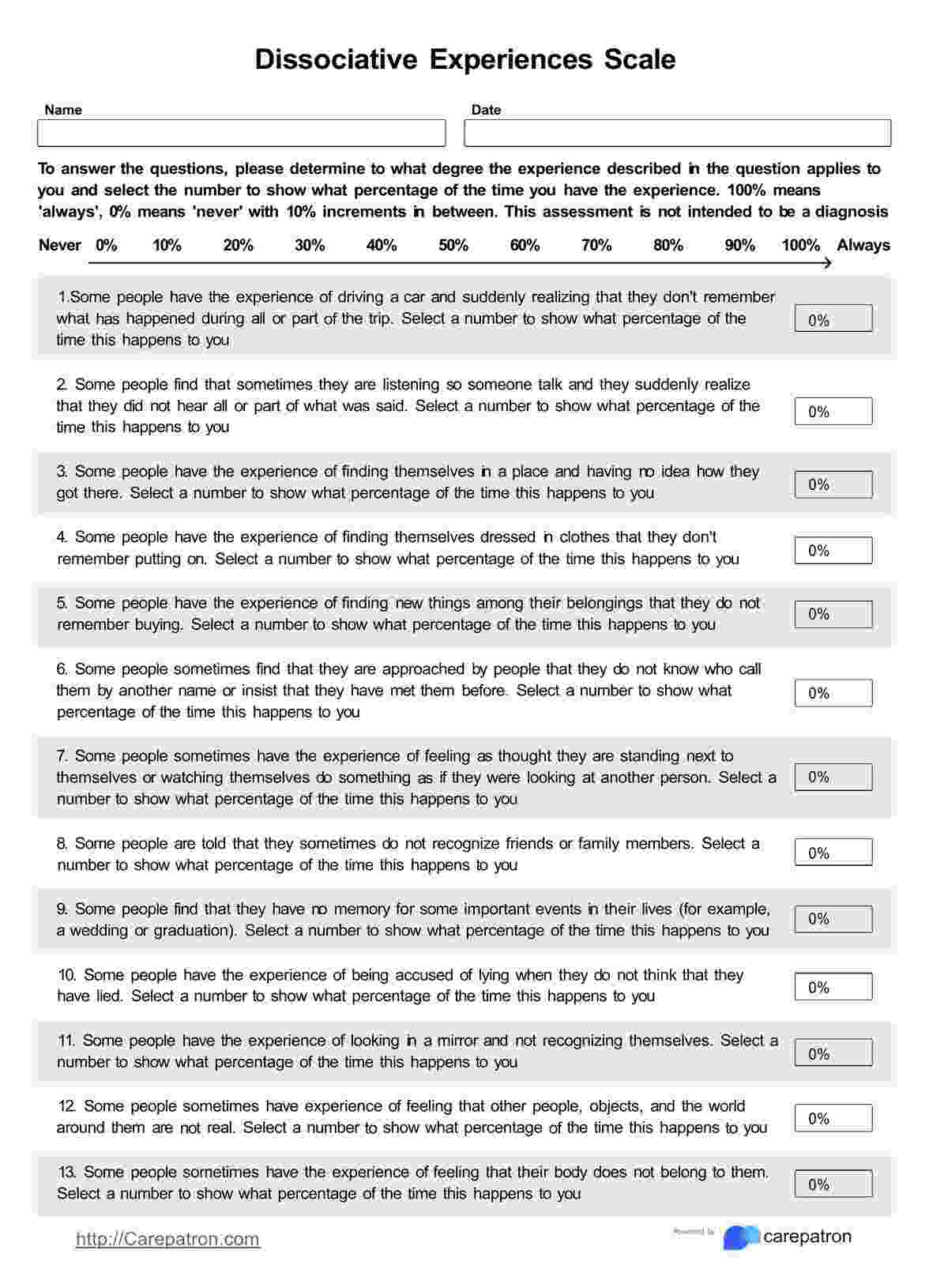Ranking Your Trauma Symptoms PTSD Worksheets
Help your patients identify their PTSD symptoms and rate their severity with the Ranking Your Trauma Symptoms PTSD Worksheet. Click here for more.


What is Trauma and PTSD?
Trauma is any deeply disturbing or distressing experience that overwhelms a person to the point of negatively affecting their ability to cope. Some traumatic events are natural disasters, violence, abuse, and accidents. Witnessing traumatic incidents can also be traumatic for a person.
People who experience or witness a traumatic event can develop or Post-Traumatic Stress Disorder. Those with PTSD usually experience nightmares, intrusive thoughts, avoidance of situations related to the trauma, adverse changes in thinking patterns and mood, and hyperarousal or heightened vigilance. These symptoms significantly impact their daily function even beyond the occurrence of the initial trauma.
There are multiple causes of PTSD, which vary from one person to another, even if they experience or witness the same traumatic event. However, they’re more likely to develop the condition if they have a genetic predisposition, are previously exposed to traumatic events, have brain chemistry imbalances, and lack social support.
Treatment for PTSD combines medication and therapy like Cognitive-behavioral therapy (CBT) and Eye Movement Desensitization and Reprocessing (EMDR). Both are meant to help manage symptoms, better process the traumatic experiences, and develop coping strategies.
Ranking Your Trauma Symptoms PTSD Worksheets Template
Ranking Your Trauma Symptoms PTSD Worksheets Example
How to use the Ranking Your Trauma Symptoms PTSD Worksheet:
Step One. Access and Download the Template
To access and download a printable and digital version of the “Ranking Your Trauma Symptoms PTSD Worksheet,” click the “Use Template” or “Download Template” button or search “Ranking Your Trauma Symptoms PTSD Worksheet” in Carepatron’s template library’s search bar on the app or website.
Step Two. Fill Out the Template
After you give your client a copy of the template, give them the time and space to complete it. You may explain the template to them if they feel stuck, have questions, or need certain parts clarified. Feel free to use the sample template as a visual aid.
In addition, don’t forget to assure your clients that they can take it slow, feel upset while filling out the template, and take deep breaths to power through.
Step Three. Discuss the Template
When finished, you may discuss the template with your client if they consent to better understand the patient’s condition.
Step Four. Securely Store the Template
Once the session is over, securely store the completed worksheet in a physical location or on Carepatron, a HIPAA-compliant EHR where only relevant parties can access the document when needed.
When would you use this Ranking Your Trauma Symptoms PTSD Worksheet?
Licensed mental health professionals like psychologists, clinical social workers, mental health counselors, psychiatrists, and psychiatric nurses can use the "Ranking Your Trauma Symptoms PTSD Worksheet" when the client:
- Needs to identify their PTSD symptoms and corresponding severity in the form of frequency and duration
- Needs to understand how or why their symptoms appeared during a traumatic situation
- Needs to learn to accept the emotions they're feeling and manage them without harming themselves or others
- Is at the beginning of their healing journey before the formulation of a treatment plan
If, at any point, you feel as if the patient will benefit from completing the worksheet during situations not mentioned above, you may have them fill it out. After all, you know your client best, and your experience also plays a role in deciding if or at what point the worksheet will be helpful to you and the client.
What are the benefits of using this Ranking Your Trauma Symptoms PTSD Worksheet?
Improved Self-Awareness and Acceptance
To answer the “Ranking Your Trauma Symptoms PTSD Worksheet,” your client must analyze and think about their PTSD symptoms, which will improve their self-awareness. Should they feel upset while doing this exercise, they’ll consequently learn how to accept their feelings and reactions to the trauma as they power through answering.
Insight into Your Client’s Condition
With the worksheet, you will better understand your client's condition, the nature of their trauma, its symptoms, and its severity. This knowledge is essential to forming a bond with your client and formulating a treatment plan.
Monitor Severity of Symptoms
As mentioned above, the worksheet can be used to monitor the severity of the client's symptoms during treatment plan formulation and when checking the effectiveness of an approach.
Digitally Accessible
The Ranking Your Trauma Symptoms PTSD Worksheet can be easily accessed, edited, and completed digitally with a PDF editor on any gadget you have on hand.
You can also use this PTSD worksheet template to guide your clients through their recovery process. It helps in identifying triggers, assessing progress, and reinforcing coping mechanisms.
Commonly asked questions
It usually takes at least 30 minutes to complete the Ranking Your Trauma Symptoms PTSD Worksheet.
The “Ranking Your Trauma Symptoms PTSD Worksheet” helps people identify their symptoms, their frequency, and duration.
Mental health practitioners who help diagnose and treat patients with PTSD can use the “Ranking Your Trauma PTSD Worksheet” in their practice.


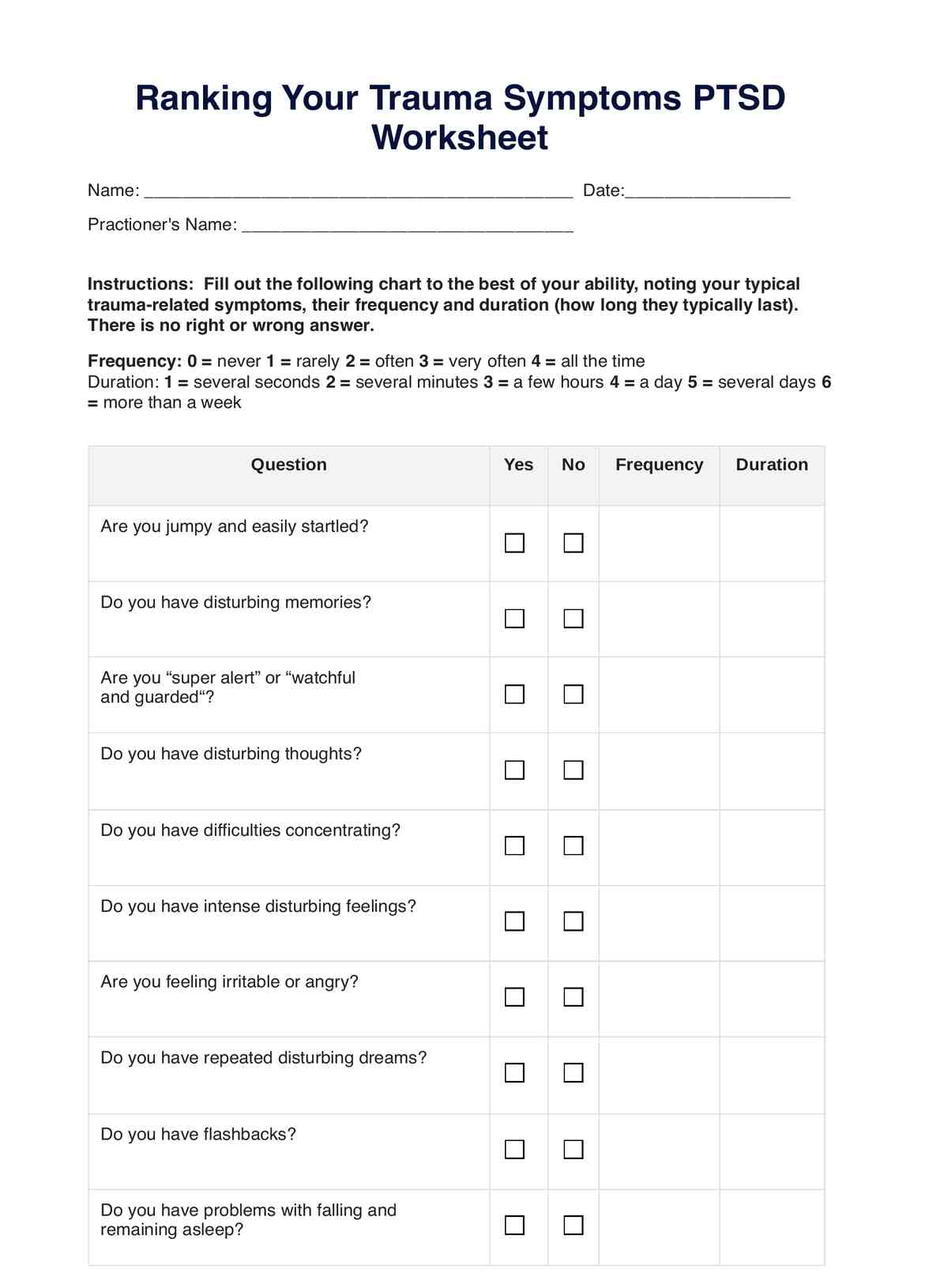
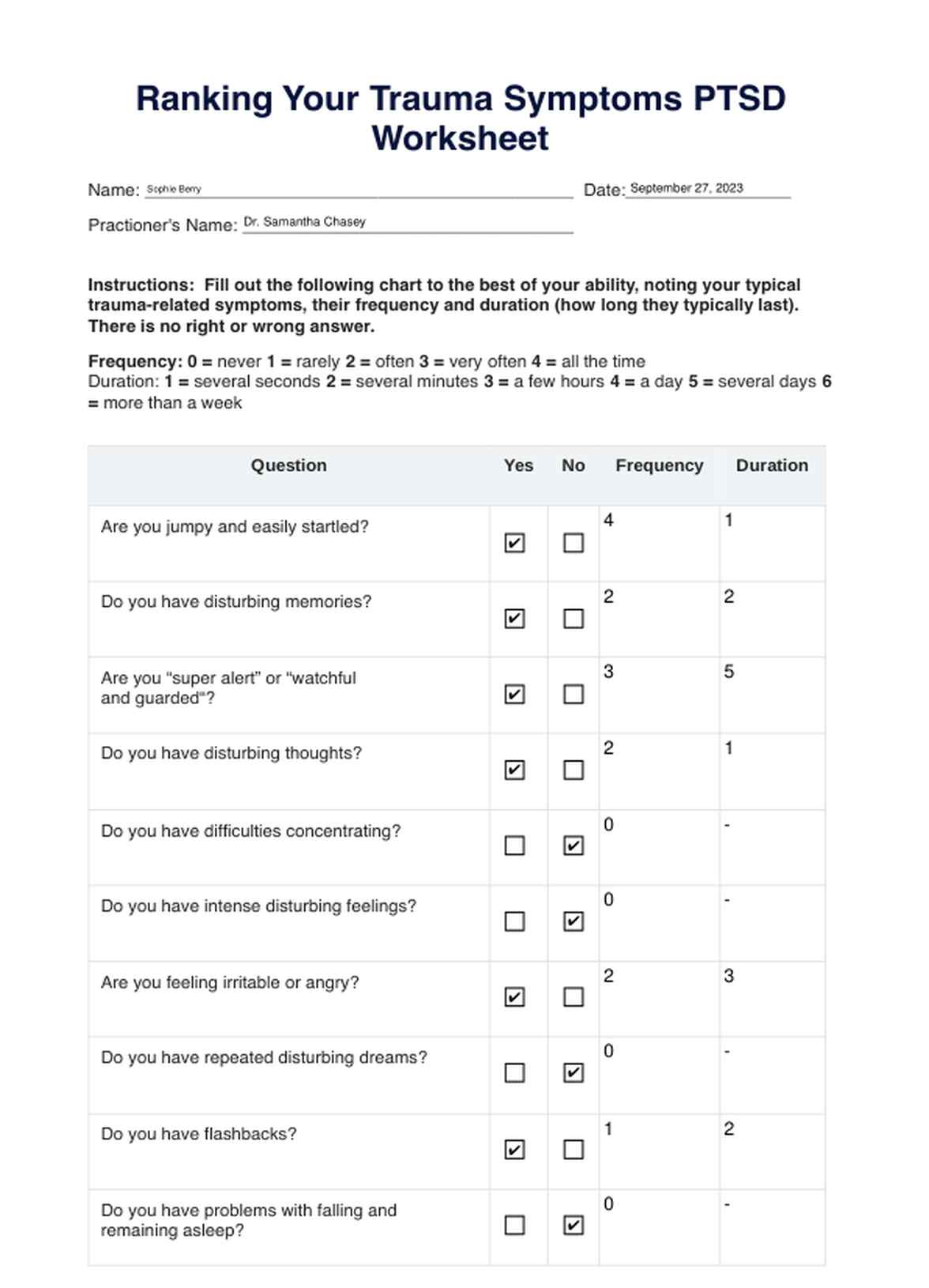

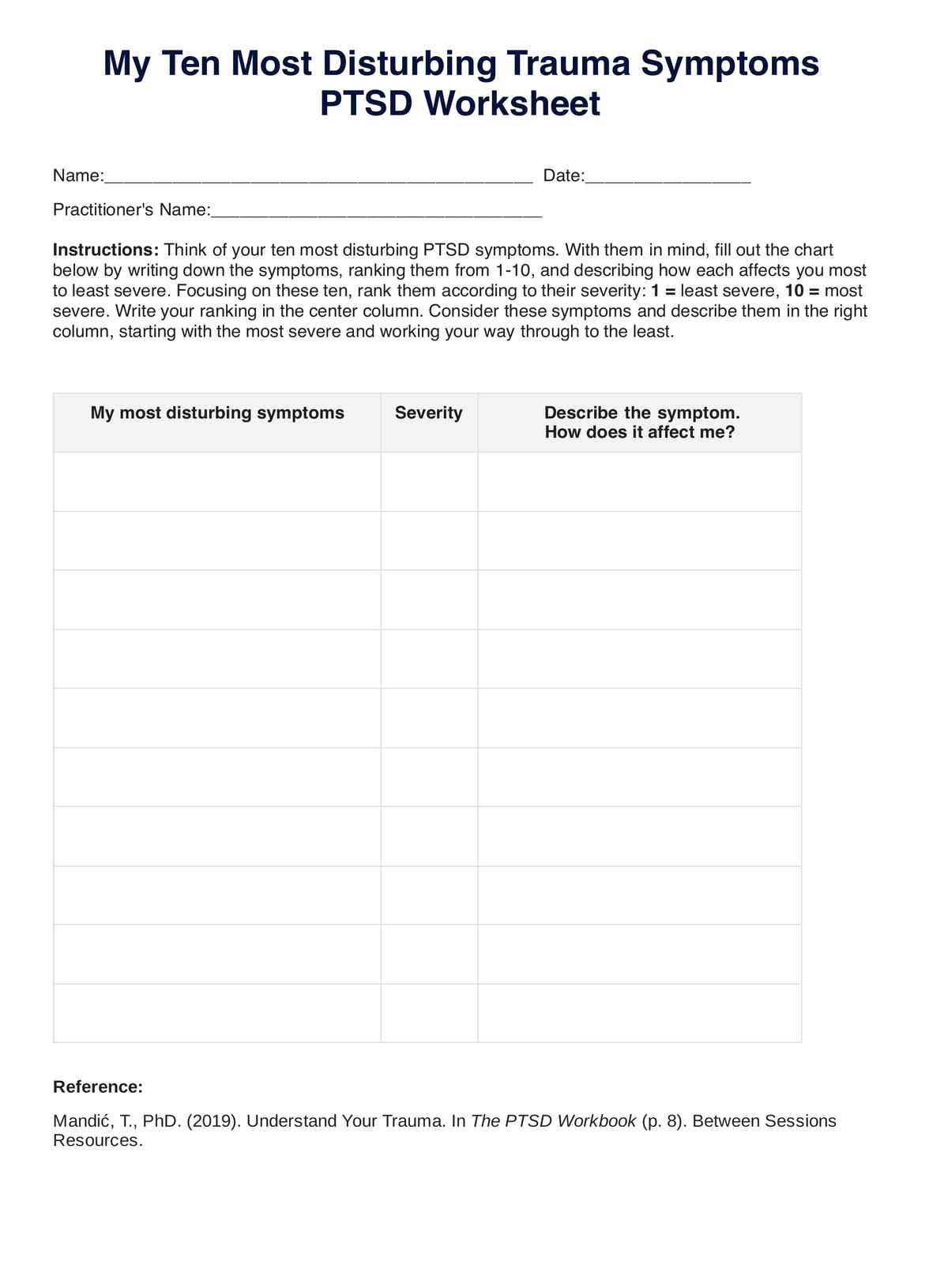















-template.jpg)



























































































